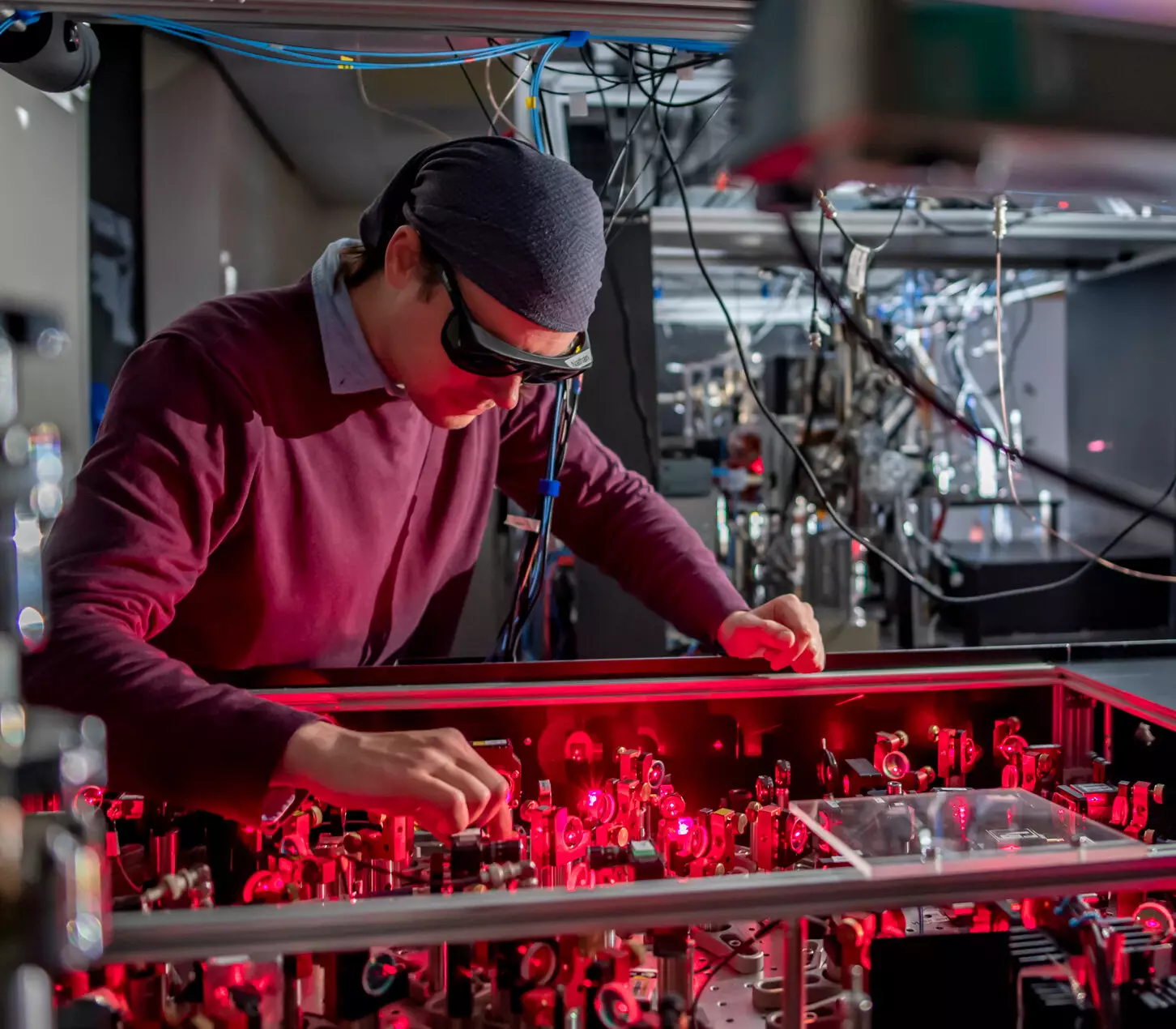In a groundbreaking scientific advancement, researchers at the University of Nottingham’s School of Physics have embarked on a mission to capture and detect dark matter using a specially designed 3D printed vacuum system. This innovative approach aims to shed light on the mysteries of the universe by focusing on detecting domain walls associated with dark matter.
Dark matter constitutes a vast majority of the universe’s contents, with ordinary matter only accounting for a meager 5%. Despite its dominance, dark matter remains elusive, with scientists only able to observe its effects on the behavior of the universe without fully comprehending its nature. By introducing a particle called a scalar field, researchers hope to measure and understand the enigmatic properties of dark matter.
Based on the theory that light scalar fields undergo density-driven phase transitions, leading to the formation of domain walls, the team constructed 3D vessels using 3D printing technology. These vessels, designed with precision and calculation, serve as the ideal environment to trap dark matter and detect defects or dark walls that signify the presence of scalar fields.
To simulate the transition from a dense environment to a less dense one, the researchers will utilize the specially designed vacuum system. By cooling lithium atoms to incredibly low temperatures close to absolute zero (-273 °C), the atoms exhibit quantum properties that enable precise analysis and predictability. This cooling process allows for the identification and observation of dark walls as the atoms interact with the domain defects.
In the experiment, laser photons play a crucial role in cooling the lithium atoms and reducing their energy levels. This process is akin to slowing down an elephant using snowballs, illustrating the precision and control required in manipulating the quantum properties of the atoms. The team led by Associate Professor Lucia Hackermueller meticulously designed the laboratory experiment to capture and analyze the interactions between the atoms and the dark walls.
After three years of meticulous planning and construction, the research team is optimistic about obtaining conclusive results within a year. Whether the experiment confirms the existence of dark walls or not, the findings are expected to advance our understanding of dark energy and dark matter significantly. This experiment serves as a prime example of how controlled laboratory experiments can directly measure phenomena that are otherwise imperceptible in the vastness of the universe.
The endeavor to trap dark matter using a 3D printed vacuum system represents a pioneering leap in the field of physics and cosmology. By focusing on detecting domain walls associated with dark matter, researchers are poised to unravel the mysteries of the universe and deepen our comprehension of its fundamental components.


Leave a Reply